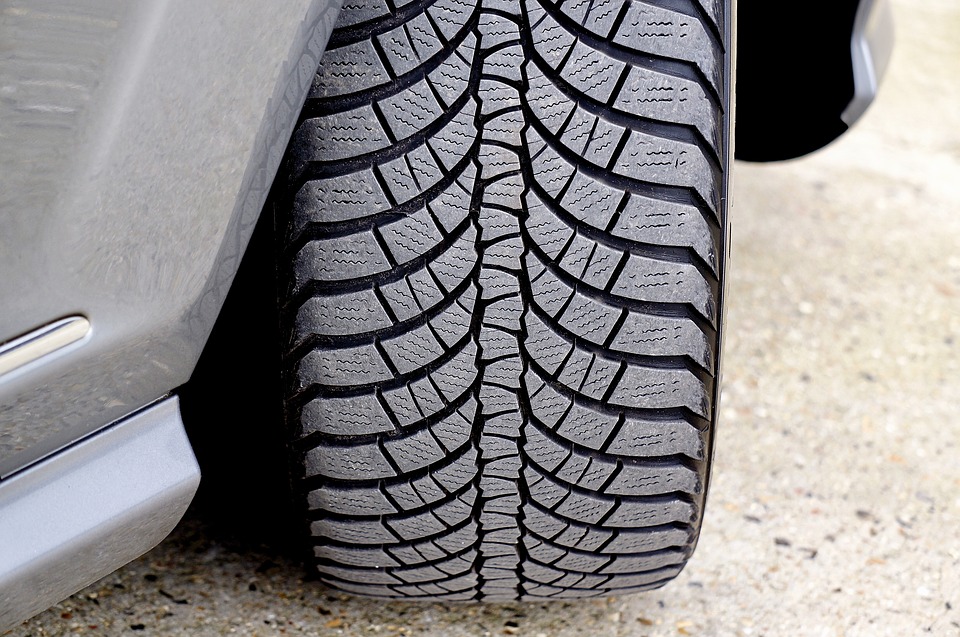How are tyres made?
by Scott Dutfield · 28/06/2019

Discover what it takes to produce road-ready wheels
The very first road vehicle wheels, used for carts and wagons, were made solely of metal or wood. It wasn’t until the mid-1800s with the discovery of rubber that they were first covered in materials resembling the car tyre we know today. Though these remained simple rubber circles until the early 20th century, this era saw the advent of inflated rubber tyres to better absorb bumps and also tread to increase traction. Today, the modern tyre requires more than 200 different materials including a pigment (in the form of carbon black) and other natural and synthetic additives including vulcanising agents, sulphur, silicone and plasticisers.
Though tyres are designed to be extremely tough and durable, their importance and ingenuity is often overlooked. A safe tyre must have the capacity to bear an incredible amount of weight while enduring the high pressure of the air inside and resisting puncture from the outside. The key to this strength is the process of precisely layering the tyre components and reinforcing them with metal components. A typical bead wire alone can comfortably carry a load of up to 1,800 kilograms, meaning an average set of tyres can support over 14,400 kilograms. The fibrous layers of cording made from Kevlar or steel, crucial to resisting pressure and thick layers of rubber tread, significantly reduce the risk of puncture.
The building process relies on a rotating tyre-building drum with a flexible centre to move the edges together after the layers have been wrapped around it. Once on the drum the tyre is placed into a mould to blend together the components under extreme heat and pressure.
Though the basic principles and ingredients remain the same, there are many different types of tyre for different road conditions. The most common variants are summer and winter tyres. Winter tyres remain soft at lower temperatures to prevent them from hardening and becoming brittle in the cold, in addition to their more complex tread pattern that allows better traction and faster braking.
More recently, there has been added focus on even more safety features, including tyres with a mechanism to prevent them going entirely flat for up to 80 kilometres after a puncture.
Anatomy of a tyre
Beneath the black rubber exterior, there are many components responsible for a tyre’s durability
This article was originally published in How It Works issue 101, written by Charlie Evans
For more science and technology articles, pick up the latest copy of How It Works from all good retailers or from our website now. If you have a tablet or smartphone, you can also download the digital version onto your iOS or Android device. To make sure you never miss an issue of How It Works magazine, subscribe today





